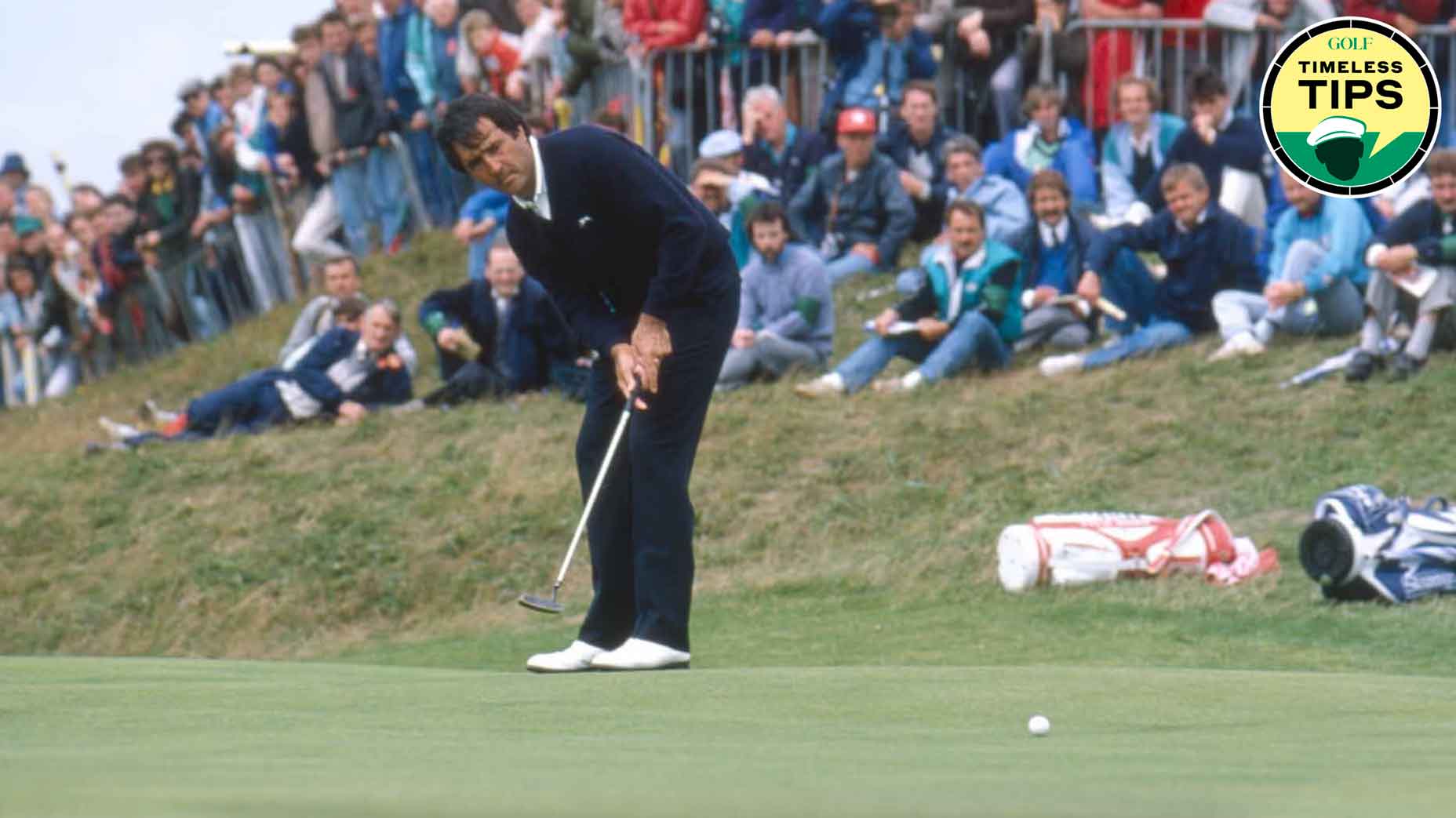Golf instruction is ever-evolving, but the best advice stands the test of time. In GOLF.com’s new series, Timeless Tips, we’re highlighting some of the greatest advice teachers and players have dispensed in the pages of GOLF Magazine. Today we have advice from Graeme McDowell to eliminate three-putting from our August 2014 issue. For unlimited access to the full GOLF Magazine digital archive, join InsideGOLF today; you’ll enjoy $140 of value for only $39.99/year.
Three-putting is one of the most frustrating — and costly — errors you can make throughout the round. It turns pars into bogeys and bogeys into others. When you walk off the green having taken more than two strokes, it’s impossible not to feel like you squandered a scoring opportunity.
With how much most amateurs struggle with three-putting, it’s a perfect area of your game to shore up and gain strokes on your opponents. If you can cut your three-putts in half compared to your peers, you’ll quickly start beating them with ease.
Much of the time, three-putting can be attributed to poor distance control. If you can’t lag the ball close to the cup from long range, you’ll three-putt more than your fair share of the time.
When you have poor distance control, two main factors are to blame: inconsistent contact and poor feel. Luckily for you, dear reader, you can correct both these faults by heeding the advice of former U.S. Open winner Graeme McDowell.
Back in 2014, McDowell featured prominently in the August issue of GOLF magazine, as he shared tons of advice for shaving strokes off your scores. And one of his best pieces of advice came in the form of a quick fix for three-putting. Check it out below.
How to stop 3-putting for good
An amateur had trouble starting putts on his target line. His problem was in his elbows. He’d bend them way too much at address, to the point where they jammed into the sides of his torso.
In this “crowded” address position, there wasn’t enough room for his arms to swing freely under his shoulders, so he flipped the putterhead back and through using his wrists. Solid contact? He never had a chance.

Putting with your arms fully straightened is just as bad, because you’ll overuse your shoulders, tipping them up and down to make your stroke. The result? A distance-control nightmare where you strike the ball with a different amount of loft on every putt.
| like “soft” elbows at address, with just a bit of flex. This allows you to swing the putter without overusing your wrists or shoulders, and to do it with a smooth tempo. Tension is a killer, and if your arms are outstretched or overly bent, your stroke will be jabby and yip-prone.
How to do it
Stand straight up and hold your putter parallel to the ground with your arms stretched out in front of you. Without moving anything else, bring your elbows into your body until they just barely touch the bottom of your rib cage. Then bend forward until the putter touches the ground. Your elbows should feel soft and ready to swing unimpeded.











